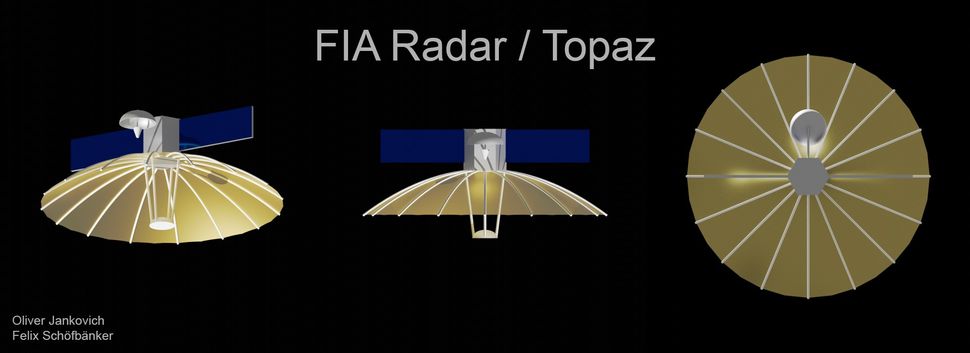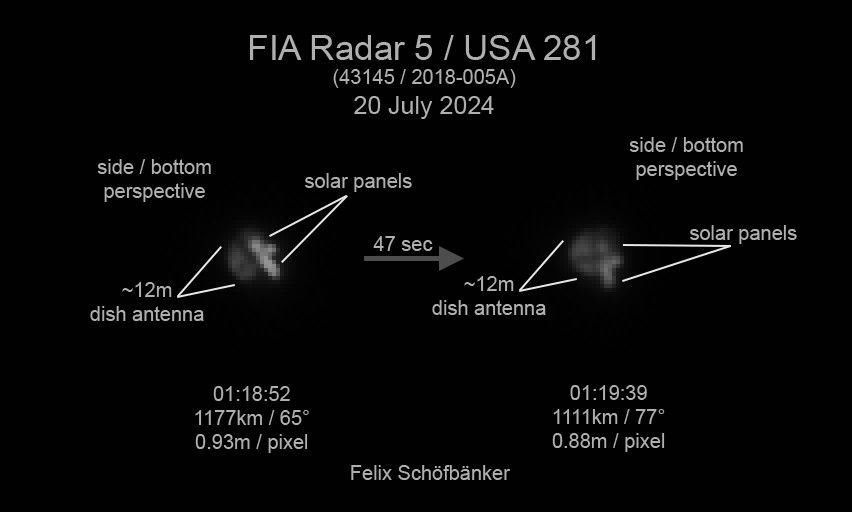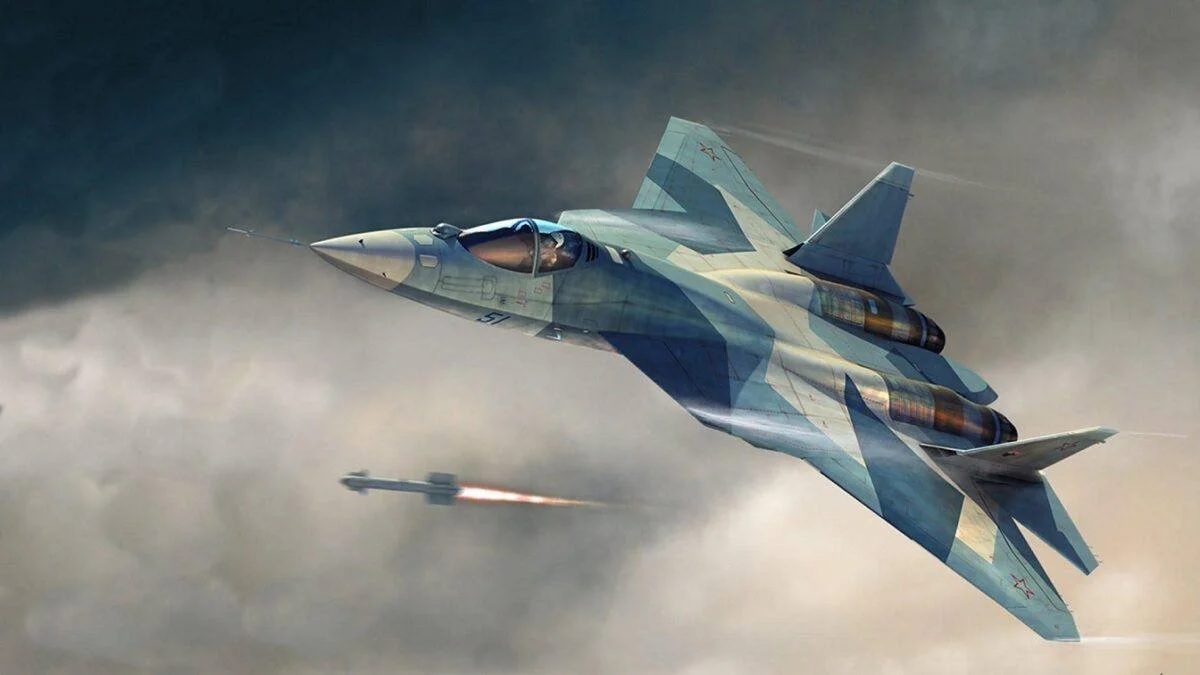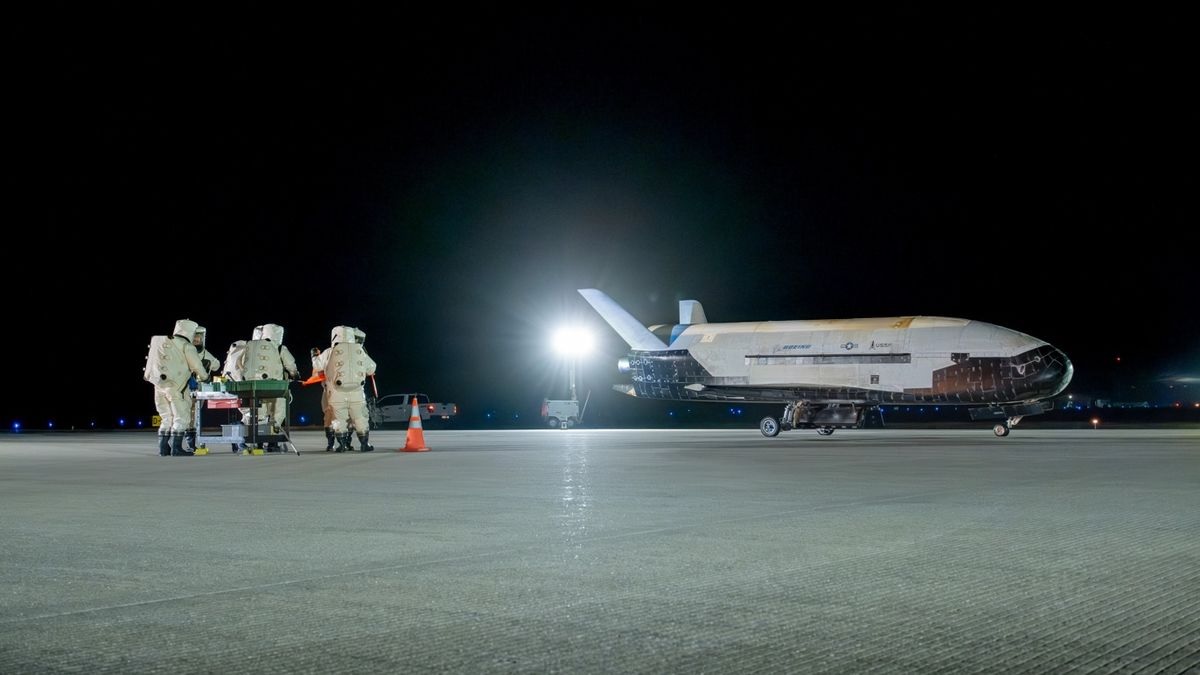Satellite Tracker Captures Rare Images of Secret U.S. Spy Satellites

In the highly secretive world of space-based intelligence, spy satellites quietly orbit the Earth, conducting missions for agencies like the U.S. Space Force and the National Reconnaissance Office (NRO). These classified spacecraft perform various tasks, from intercepting radio communications to monitoring missile activity and taking detailed images of Earth's surface using advanced optical and radar systems. While these satellites are designed to operate out of sight, amateur astronomers occasionally manage to catch glimpses of them, revealing fascinating details about their design and capabilities.
One such space watcher, Felix Schöfbänker, has made a name for himself by capturing images of some of the most secretive satellites in orbit. From his home in Upper Austria, using a 14-inch Dobsonian telescope optimized for satellite tracking, Schöfbänker has managed to photograph several classified U.S. spy satellites. His work offers a rare look at these elusive spacecraft, and he’s been sharing his findings with the public, giving us a clearer picture of these shadowy machines in space.
Spying on the Spies: The FIA-Radar Satellites
One of Schöfbänker’s most significant achievements is capturing images of the FIA-Radar satellites, also known as Topaz. These spacecraft, launched by the NRO, use Synthetic Aperture Radar (SAR) technology to create high-resolution images of Earth. Unlike traditional optical satellites, which rely on sunlight to capture pictures, SAR satellites like Topaz can "see" through clouds and operate both day and night. This makes them invaluable for surveillance missions where weather or darkness might otherwise obscure critical details.

(All Image credit: Felix Schöfbänker)
From his observations, Schöfbänker has deduced that the Topaz satellites are equipped with a large, parabolic mesh antenna, approximately 39 feet (12 meters) in diameter, and solar panels spanning 33 feet (10 meters) on each side. He also noticed an additional bright object between the solar panels, which he speculates could be an antenna for communication with ground stations.
Using SAR technology, these satellites send out radar pulses and collect the returned signals to generate images of Earth’s surface. This technology allows them to detect minute details, whether it's tracking military assets or monitoring changes in landscapes.



(All Image credit: Felix Schöfbänker)
Electro-Optical Eyes: The KH-11 Kennen Satellites
In addition to the Topaz satellites, Schöfbänker has also photographed the KH-11 Kennen electro-optical satellites. First launched in 1976, these spacecraft are often compared to the Hubble Space Telescope due to their similar design, though KH-11 satellites are oriented toward Earth rather than the stars. These satellites are equipped with powerful optical systems, allowing them to capture incredibly detailed images of the planet’s surface.
Currently, there are four KH-11 satellites in orbit, from various generations. The oldest, USA 186, was launched in 2005 and represents the third generation of KH-11 satellites. More recent versions, such as USA 224 and USA 245, were launched in 2011 and 2013, respectively, while the newest KH-11, USA 314, was sent into space in 2021.
Schöfbänker’s detailed measurements suggest that the mirror sizes of these satellites have increased with each generation. For example, USA 186 is believed to have a mirror about 8 feet (2.4 meters) in diameter, while the fourth-generation satellites (USA 224 and USA 245) likely feature mirrors closer to 10 feet (3 meters) across. This larger mirror allows for sharper images, providing even greater surveillance capabilities.

(All Image credit: Felix Schöfbänker)
Unidentified Spacecraft: The Mystery of USA 290
In July, Schöfbänker captured images of a satellite called USA 290, which is believed to be another KH-11 satellite, but it appears to have a different design than the others. Unlike the familiar shape of previous KH-11 satellites, USA 290 features a large rectangular panel roughly 16 feet (5 meters) long. This design anomaly, combined with the fact that USA 290 is not in a typical sun-synchronous orbit like other KH-11 satellites, has led to speculation about its purpose.
Some experts, including Schöfbänker, believe the panel could be a radiator, possibly for cooling an infrared imaging system. Others suggest it could be a phased array antenna, used for radar or signal intelligence. Alternatively, it could be a solar panel, though its fixed position raises questions about how it tracks sunlight.

The Art of Tracking Secret Spacecraft
Despite the classified nature of these satellites, Schöfbänker believes that governments likely aren't too concerned about amateur astronomers capturing images of their spacecraft. He points out that countries with space programs, such as the U.S., China, and Russia, have their own high-tech facilities dedicated to monitoring objects in orbit. These observatories are equipped with far more advanced technology than what hobbyists like Schöfbänker have at their disposal.
Still, Schöfbänker’s work offers a fascinating glimpse into a world that is usually kept under wraps. His ability to track and photograph secret satellites with such precision highlights the growing role of amateur astronomers in space observation. And while much about these satellites remains classified, Schöfbänker’s images give us a rare look at the technology circling above us, quietly watching the world.



